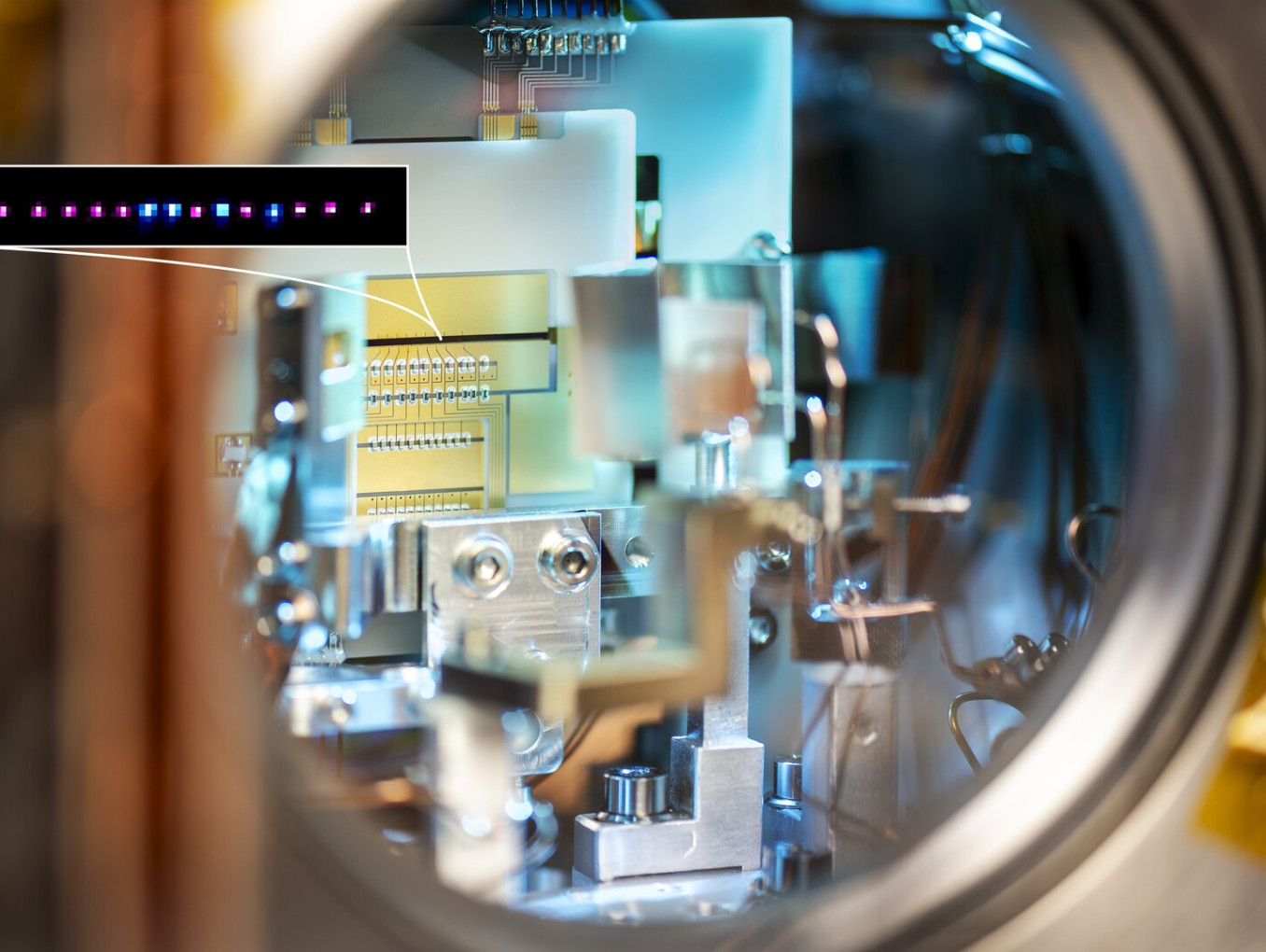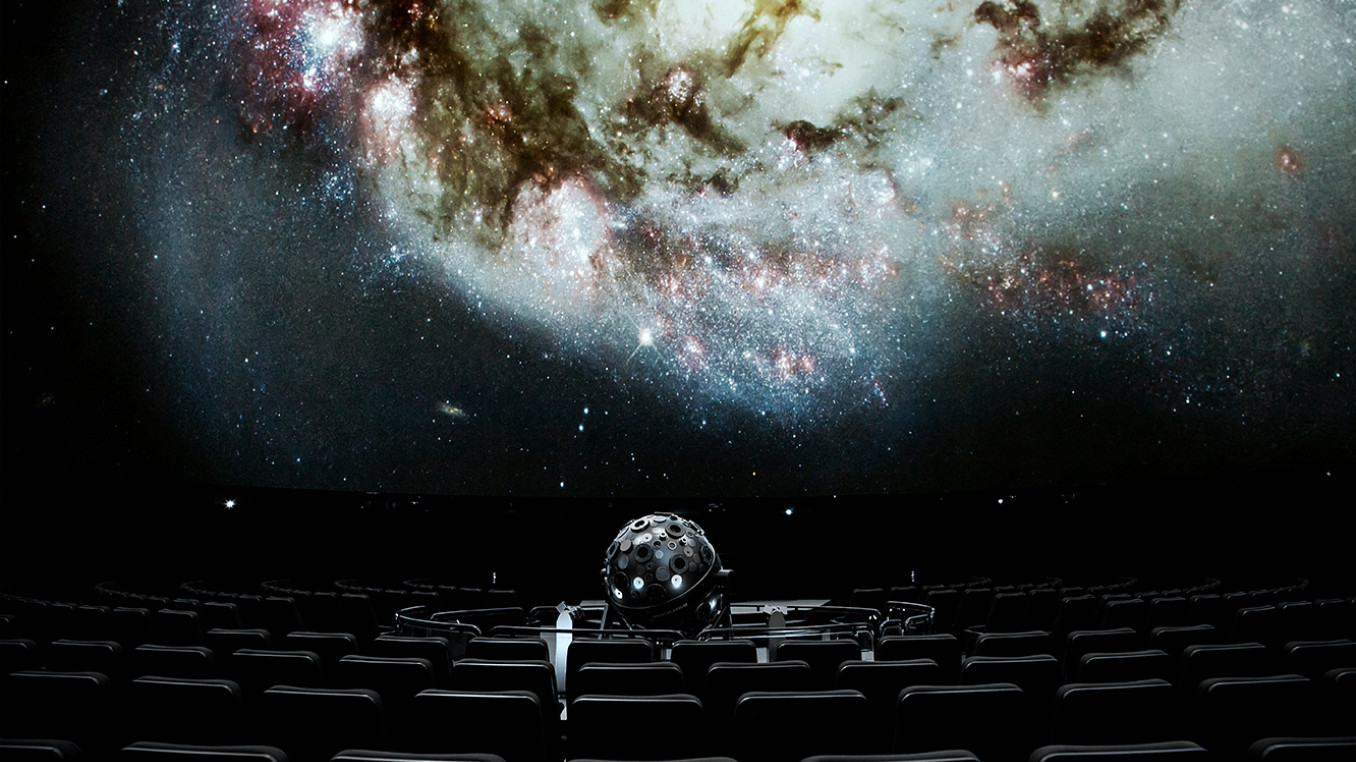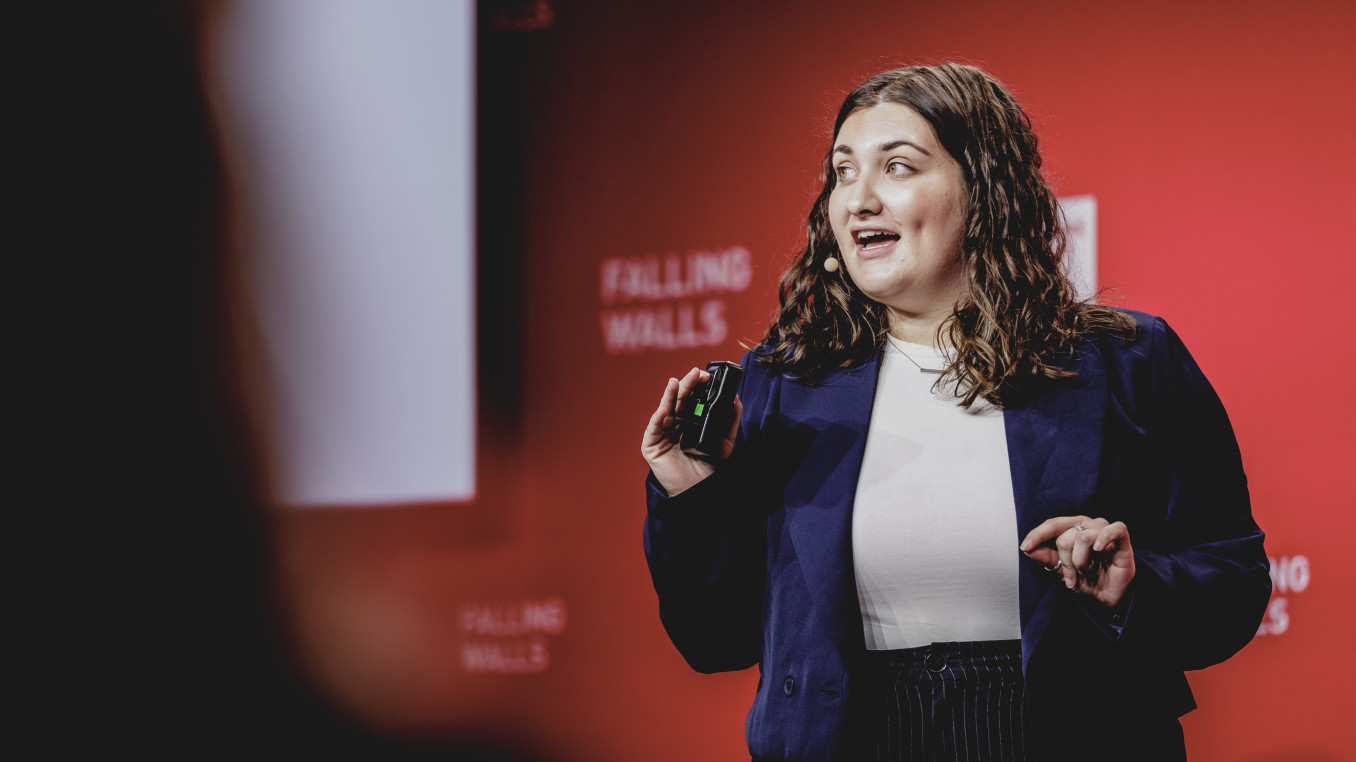Breaking the Wall of Time & Frequency Standards
Breaking the Wall of Time & Frequency Standards
Global Call 2025 Finalist Interview: Physical Sciences
Tanja Mehlstäubler is a Professor at LUH and Head of the Department Quantum Clocks and Complex Systems at PTB.
Her research focuses on the development of scalable ion traps and new methods for quantum science with laser-cooled ions, precision measurements and sensing.
She is known for pioneering work on topological defects and dynamics of complex ion systems, ultra-precise tests of general relativity, spectroscopic search for new physics in nuclei and the realisation of the first multi-ion clock. She is a highly cited researcher and serves as speaker of DFG’s AMO review board.
Which wall does your research or project break?
A trapped ion is the best isolated and controlled quantum system with record coherence time, and optical ion clocks have the potential to reach relative uncertainties of low e-19 to e-20, better than any clock demonstrated so far. But it was impossible to realise such precision because ion clocks have fundamentally been limited by the poor signal of the single trapped ion, and thus the noise of the measurement, which lead to unrealistic measurement times of many years to reach e-20.
To overcome this fundamental limit, I proposed a novel concept for optical ion clocks: the crystal clock based on multiple ions. A clock with 10 ions would resolve time and frequency 10 times faster than a single ion clock, while a clock with 100 ions would be 100 times faster. In addition, the clock laser can be locked onto the ion ensemble much faster, thus enabling simpler and more compact laser systems, leading to compact clocks for sensing.
It was considered impossible to build an accurate optical clock with multiple clock ions due to the strong interaction of the charged particles, leading to complex and nonlinear dynamics and present field gradients.
I proved in my scientific work on Coulomb crystal dynamics that ion crystals can indeed be controlled to such a high degree. I also demonstrated precision spectroscopy and the full operation of the crystal clock. It is the first crystal clock worldwide and it even reached a world record in the precision of clock comparisons, realising a previously unfulfilled criterium for the redefinition of the second.
This new principle can reduce the measurement times of ion clocks from many months and years to days. Like this, optical ion clocks can reach their potential low uncertainties, at low 10-19 and below, in a realistic and doable measurement time. So far, the extremely long measurement times prohibited this, and systematic shifts could not even be characterised at this level.
The operational crystal clock qualified in international and national clock comparisons and reached world record results, published in 2025. The new crystal clock holds a record in frequency ratio measurements, proving the feasibility of this innovative approach.
The new type of clock not only drastically reduces measurement times, but it also opens the path for ion clocks as sensors for Earth observation and study of fundamental physics.
What is the main goal of your research or project?
My research focuses on the high level of control of isolated trapped ions to obtain an ideally controlled quantum system and to perform ultra-high precision spectroscopy on it. With the target precision of 10-19 to 10-20 we aim to resolve time dilation shifts atom by atom in such a crystal and to test Einstein’s theory of relativity in a pure quantum system with engineered quantum states. At the same time, the multi-ion approach facilitates and supports our precision measurements to search for new physics in the nucleus of atoms and test new theories on dark matter or theories trying to unify the fundamental forces.
Beyond that, the improved short-term stability of this new type of clock will enable us to build quantum sensors for gravitational potentials, resolving tides and height differences at the cm level in a few hours.
Several groups have started investigating our new approach also in other clock species, at NIST (USA), Singapore, Bruno (Cz) and at PTB. Since the low signal-to-noise of the single trapped clock ion is the fundamental limit today for the precision of ion clocks, the crystal clock will be a game changer.
The multi-ion clock will open applications for ion clocks as compact sensors for relativistic geodesy. Multiple ions will allow pre-stabilising lasers on a part of them and compactify the physics package drastically. To reach this dream, we have recently started to integrate nanophotonics in our ion traps and optical setups and to develop highly compact and robust setups for portable optical clocks based on the multi-ion approach.
What advice would you give to young scientists or students interested in pursuing a career in research, or to your younger self starting in science?
Firstly, study something you enjoy. Complete a solid bachelor's degree. Towards the end, reflect on what you have learned. What did you enjoy most? For instance, in the case of physics: Optics? Atomic, nuclear and particle physics? Solid state? etc... Theoretical or experimental physics? Find your preference and consider changing locations for your Master studies if needed. Each university has its individual strengths and specialisations.
Experiencing new environments is incredibly valuable. I highly recommend gaining international experience. You will gain so much culturally, personally and academically. Apply for scholarships. Be mindful of building your profile. And, most importantly, find a mentor. Ideally, you should do this by the end of your bachelor's degree. Talk to professors, they're usually very willing to help.
Having said that, I nevertheless encourage young people to not focus too early and to stay open. I truly believe in the Humboldtian education system. Science is not exclusive. Science, the world, is complex, and understanding nature requires a mixture of various disciplines as well as different fields in physics. If you really want to make a change, try to get a solid overview of different fields, history and new ideas. Thinking broadly requires working and collaborating with others. Alone we are nothing.
What inspired you to be in the profession you are today?
My curiosity to understand nature in its elementary behaviour and the drive to search for new ideas beyond current boundaries.
What impact does your research or project have on society?
It will contribute to the redefinition of the second and, in future, will enable the build ing of highly stable, compact optical clocks.
What’s the most exciting moment you've experienced over the course of your research or project?
There were many. One moment was when we first discovered the long-sought-after sliding mode of nanofriction, i.e., when ion strands slide over each other with reduced friction–and when I realised that the same mechanism is also present in human DNA.


